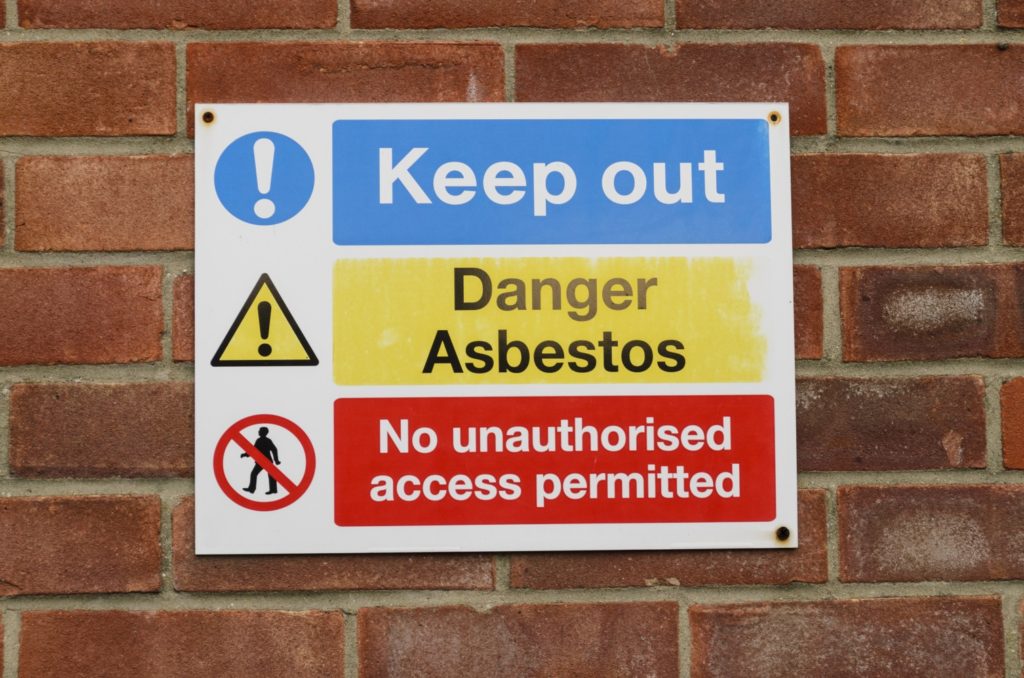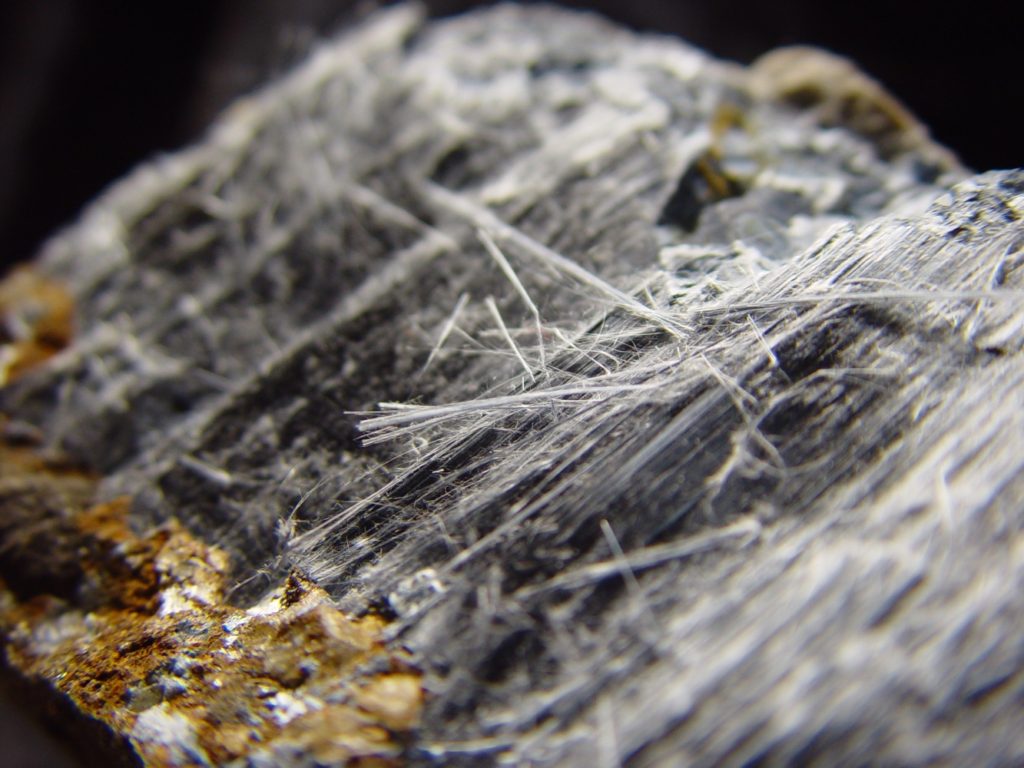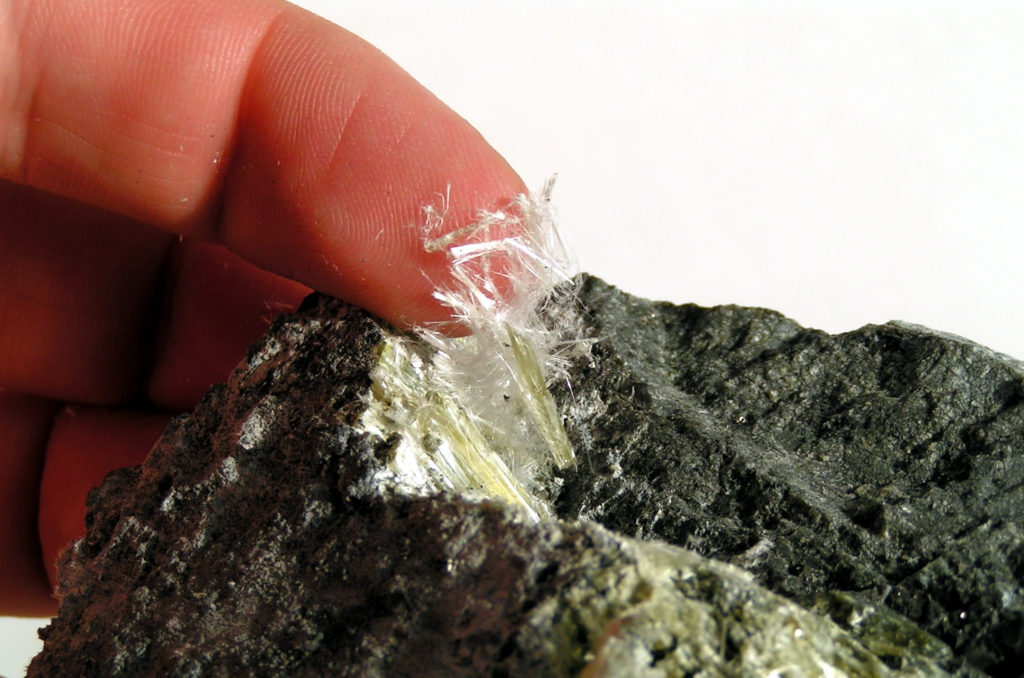Asbestos can be found in buildings built before 2000 and according to the Health and Safety Executive, it is responsible for approximately 5000 deaths every year. Due to the many health risks associated with asbestos, it’s important to understand the consequences of asbestos exposure in the workplace, as well as how it can be prevented and removed.

Early Signs of Asbestos
First of all, it’s important to know where you’re likely to find asbestos. Amongst the properties built before 2000, there are schools, hospitals, factories, and so much more that can contain asbestos. More specifically, you can find this substance in places such as thermal insulation, paints and coatings, and water tanks.
Asbestosis, or scarring of the lung, is one of the conditions that prolonged exposure to asbestos can cause and tends to include symptoms like:
- Shortness of breath
- Persistent cough
- Wheezing
- Fatigue
- Pain in chest or shoulder
- Clubbed fingertips
- Deformed nails
If you’ve been exposed to asbestos and are presenting some or all of these symptoms, it’s crucial that you visit your doctor. Though there’s no cure for asbestosis or a way to reverse lung scarring, there are some treatments that can help, such as oxygen therapy (breathing in oxygen-rich air from a machine) and pulmonary rehabilitation (exercises to help manage symptoms).

Consequences of Asbestos Exposure in the Workplace
Asbestosis is a serious issue by itself, but there are often other health problems caused by asbestos, which are pleural thickening, mesothelioma and asbestos-related lung cancer.
Pleural thickening refers to the thickening and swelling of the lining of the lung, which can also cause the lung to be ‘squeezed’, leading to shortness of breath and discomfort in the chest.
Mesothelioma is cancer that also affects the pleura, as well as the lining that surrounds the lower digestive tract. This condition is usually associated with asbestos exposure and tends to be fatal.
Asbestos-related lung cancer, as the name says, is a type of lung cancer that usually looks the same as one caused by smoking.
Conditions caused by asbestos fibres do not develop immediately. Instead, they tend to affect people over time and, by the time they are diagnosed, it is often too late for treatment. This is why it’s important to avoid exposure to asbestos.

Removing Asbestos
If the asbestos materials are in bad condition or will be disturbed with refurbishing work, for example, then there’s a chance of the fibres being released into the air. This can cause health problems and asbestos-related deaths.
This substance should only be removed by trained professionals. You can obtain the necessary training to help you identify and remove asbestos in a safe way with UKATA asbestos awareness training courses that are perfect for employees, managers and business owners, and which we offer here at Boss Training.
Book your training course today and become an expert at recognising the presence of asbestos and learning how to remove it. Our friendly team is always on hand to answer any questions you may have about this or any of our other training courses.